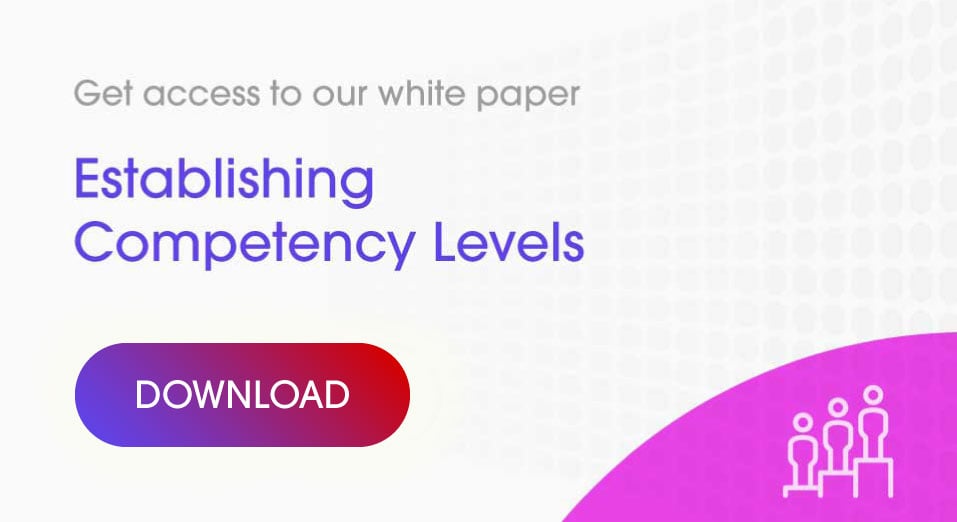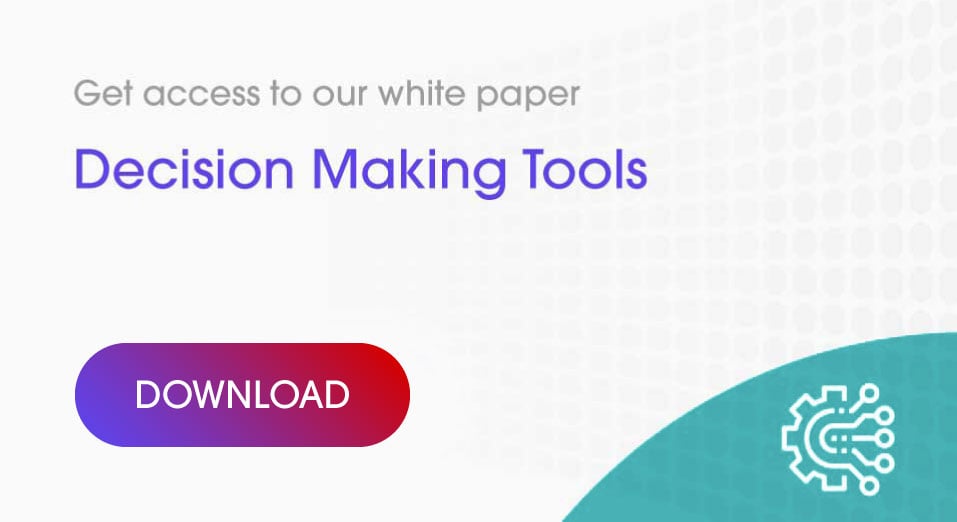Share of Voice in the Pharmaceutical Industry | We know we shouldn’t, but we still do - measure SOV as a leading indicator of sales, that is.
Why Share Of Voice in Pharma is not a good metric?
Change is harder than normal when what we do still seems relevant. SOV is a good metric to show we are ‘busy’ and executing to plan. However the marketplace is telling us that this is not working for them and they are demanding more value than being repeatedly told promotional messages.
The research was clear back in 2004 in the USA that the model was having a reverse affect. The targeted customer back then – the HCP, starting asking us to:
- help them with the challenges in healthcare and affordability of medicines;
- help with the challenges of co-morbidity and complex disease management;
- the challenges with patients with access to often less than credible information;
- and the challenges of new emerging technologies that are changing the way they practice medicine and the way the patient takes medicine or monitors health outcomes themselves.
All of these seem reasonable and exciting opportunities. Many have embarked in doing just that. However, the metric and incentives of our salesforce seems like they have stalled.
Does the back end of our businesses need to catch up to the front end?
SOV, as a marketing metric, remains a safety net and security blanket, since we have not found a new indicator that we can have confidence in. While we mobilise new communication channels and formulate new value-adding activities, metrics like call frequency on targets or calls per day by representative, remain dominant measures of impact and are still driving team incentives.
It seems it is hard to convince the C-suite, that new metrics might be more relevant indicators of our business success, in an integrated multichannel marketing scenarios. Incentives that drive representatives to convey product-centred marketing messages frequently provide little incentive to identify and respond to customer needs beyond the pill, reducing the value of the sales call.
Reliance on SOV previously justified large salesforces, yet many of our salesforces have now been reduced.
Is it time to shift from Share of Voice to a ‘Share of Care’ metric?
The comment in the sub-title was made back in 2007 in a paper published in the Journal of Medical Marketing by the Executive Manager from Executive Insights, Marc Pease. Yet here we are asking it again.
Our patients are even more heavily networked than back in 2007, and our stakeholders are the same. Given this information, we have an urgent need to re-think the way we measure and drive our communications. For the human channel (the saleforce) to be of value and optimised, we will need to enable them to do more and bring back more to the business, in order to find competitive advantage and identify value-adding opportunities.
Whats is a good value proposition ?
A good value proposition isn’t just about matching products to customers needs or setting pricing and discount schemes. The value proposition needs to be easily understood by the customer and immediately reflect their own own thoughts about their business needs.
Analytics are also critical to seeking out new metrics and understanding the effectiveness of strategies and execution across a multichannel approach. This requires some investment. Could this be the reason many have not made the change?
Patient engagement is now a reality ...and so is digital healthcare
Many of us grew up in the era where we did not engage with patients very much. Patient advocacy groups have changed that by demanding we do. They want a say in their care and the medicine they are prescribed. A lot of our interaction today is through digital channels.
Research published in 2016 from McKinsey indicates that there is an opportunity to help HCPs connect to patients. There are many statistics readily available to suggest our HCPs and Patients are using multiple channels and multiple devices.
There is also a plethora of statistics to tell us we as an industry are lagging far behind other industries in understanding and leveraging digital channels in the way we do business and the way we engage customers:
"For pharma and healthcare incumbents, the digital age raises new uncertainties about their position in the industry. As they adapt to the pace of change, companies face a stark choice: either evolve with the new era and build an organization that has digital at its core or risk losing ground as competitors become more deeply integrated in the patient and provider decision-making process by leveraging new digital tools."
According to McKinsey, the Digital Quotient (DQ) assessment revealed that pharma companies are limited not just by their digital and analytic capabilities, but also by specific elements related to their strategy, culture, and organization. Pharma’s DQ scores for strategy revealed a consistent lack of a customer orientation.
For pharma, this indicates that companies pay too little attention to the customer decision journeys that patients and healthcare providers undertake to access, interact with, and benefit from their products (McKinsey call these ‘CareFlows’).
The SOV question to be asked
Is there a correlation between SOV and sales any longer? And if so, is it a positive indicator of growth?
We continue to measure what is important to us, but not want is important to our customers and stakeholders. SOV may not be an inappropriate metric, however isince it is so heavily relied upon as an indicator of sales growth, with strong links to sales incentives, that it is potentially driving damaging behaviour and we are potentially missing other insights and opportunities.
---
If you are interested in our mobile learning solutions on digital channels, contact Actando.
The Actando Consulting Team






.jpg?t=1497452758473&width=850&name=Untitled%20design%20(34).jpg)
.jpg?t=1497452758473&width=850&name=Untitled%20design%20(32).jpg)





